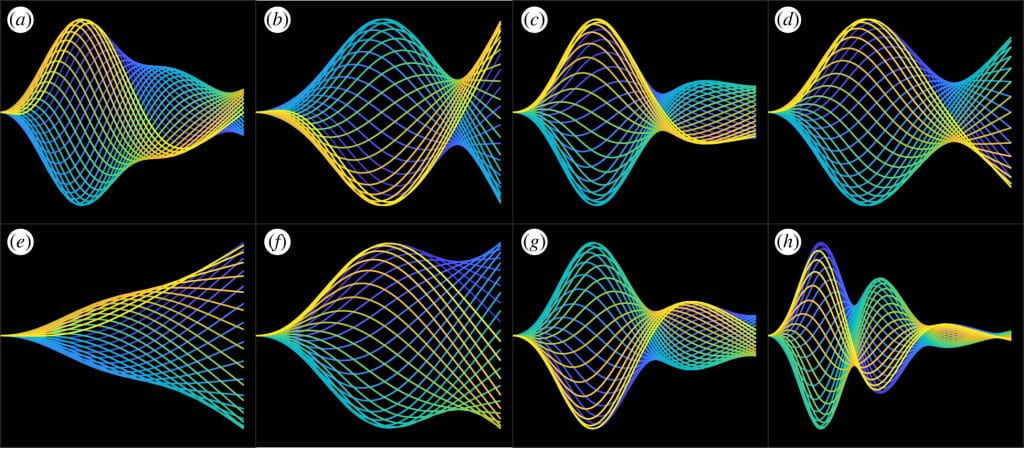Welcome to the Bayly Lab
We use dynamics and imaging to understand the behavior of cells and tissues.
Brain biomechanics
The mechanical basis of traumatic brain injury (TBI) and chronic traumatic encephalopathy (CTE) remain incompletely understood. Magnetic resonance (MR) imaging and MR elastography allow us to visualize brain motion and uncover the mechanics that underlie TBI.
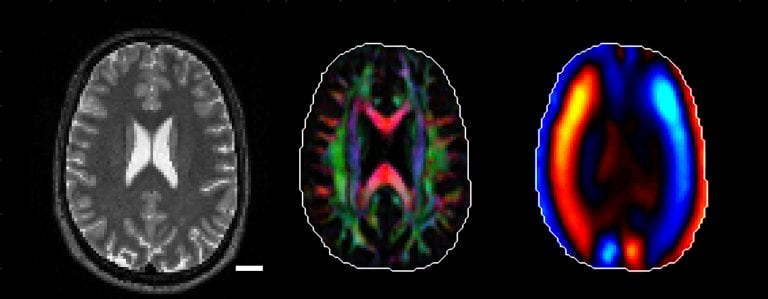
Waves and oscillations in cilia and flagella
These subcellular organelles beat rhythmically to propel cells or move fluid. We measure and model flagella behavior, in collaboration with experts in imaging and cell biology, to understand the basis of these autonomous, propulsive oscillations.
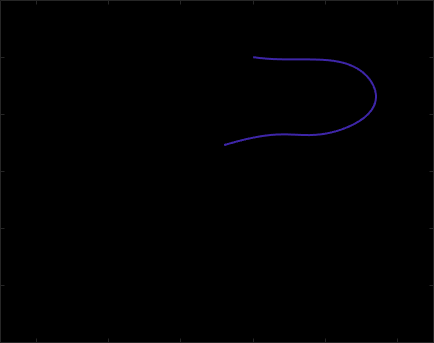
Diversity, equity and inclusion: I am committed to providing a supportive and inclusive place to work, for every member of my lab and to all those with whom we interact, regardless of race, ethnicity, gender identity, orientation, socioeconomic status, and religious or political affiliation.
I have worked to establish undergraduate research opportunities through the Washington University Summer Engineering Fellowship (WUSEF) program. As a professor and department chair, I have helped our Department increase our faculty and students who are women and from groups traditionally underrepresented in engineering. I truly enjoy and value engineering research and education, and will continue to work to ensure that all who wish to pursue engineering have an equal chance to participate and succeed.
– PVB
NEWS
(click on image to read news story)
BRAIN RESPONSE TO IMPULSE AND HARMONIC EXCITATION
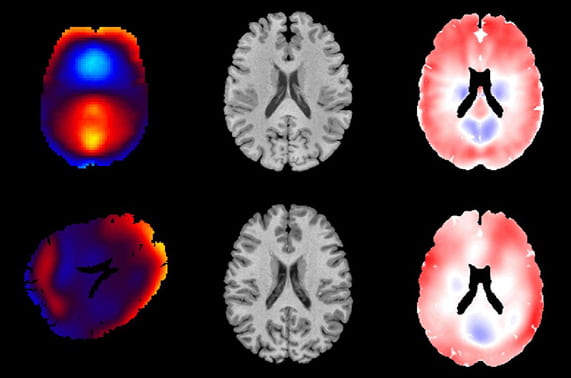
ACOUSTIC MICROFLUIDICS TO STUDY CELL MOTILITY
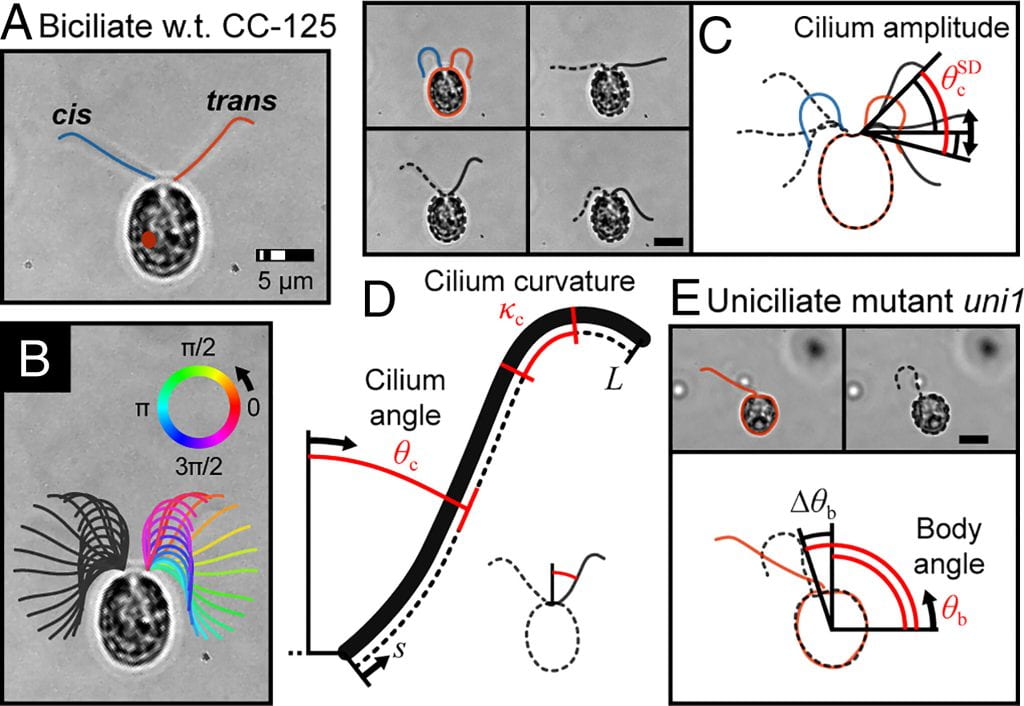
CILIA MECHANICS PAPER
